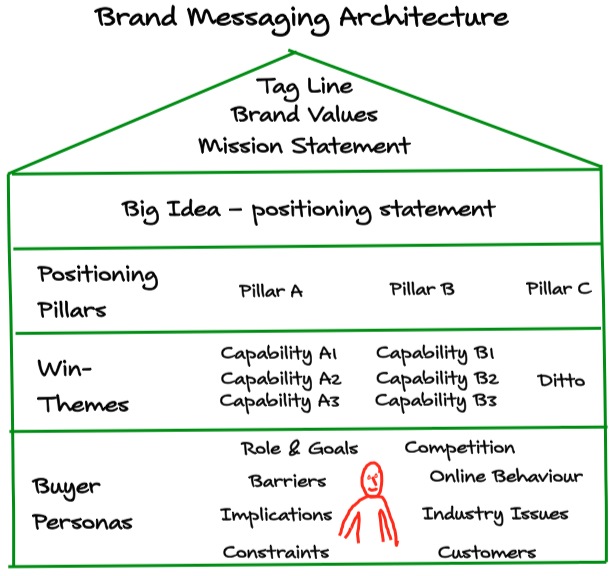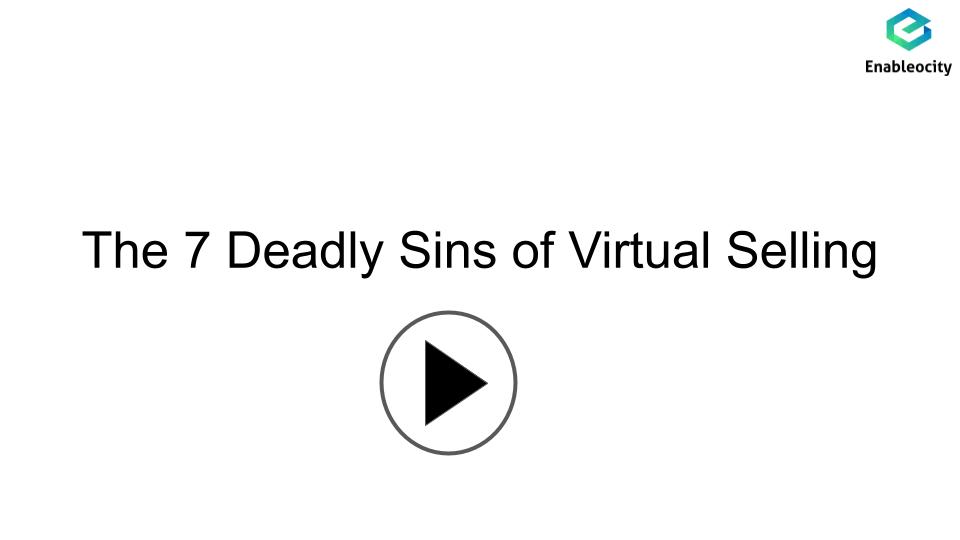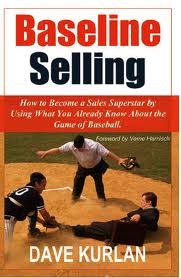Old School - "Mad Men", Top-down Branding
The marketing World is always evolving, and one of the most notable shifts in recent years has been the move from the outbound marketing era's “top down” branding approach to the more inclusive buyer-centric messaging favored by savvy startups, marketing innovators and companies utilizing inbound marketing to drive sales.
In the past, brands were created in closed-door conference rooms, filled with smoke and expensive consultants and “Mad Men” style business professionals who revealed overarching branding initiatives to be implemented, backed by lavish print and media advertising campaigns – without regard for how well the message resonated with all areas of the company or all customers. If you put enough money behind any brand it can be successful drove thinking and activity.
New School = Brand Message from Bottom-up
Today emerging companies are looking for a different approach – and not just because the capital investments required by such campaigns exceed the budgets of most newly-formed companies and others hit by the ongoing economic recession.
Instead, branding initiatives in today’s infinitely segmented world need to focus more on customer needs and demonstrable ROI than on lavish top-down campaigns – and personally, I think the business world is all the better for it. Implementing branding elements using a “bottom up” approach better connects brand identity with the needs and interest of prospective customers in most cases.
Bottom up branding – Shelby Cobra
Last week saw the staging of the Concours d'Elegance here in Pebble Beach and where last year I focused on the value of Rolls-Royce brand, this year it's worth examining the most famous brand and icon in the American performance car category-Shelby Cobra.

Carroll Shelby was a former WWII pilot, an innovator, he loved racing fast cars and was twice named Sports Illustrated racing driver of the year - and he loved building fast cars. By his own admission, he was not a great businessman and he borrowed business brains from Ford in the early days. He brought together people who could help him realize his vision of building American sports and racing cars that could beat the Ferrari's in Europe and the Corvette's at home, which he did.
Carroll Shelby's arrival on the race scene, first as a driver and then as a designer and manufacturer of high-performance vehicles for both track and street, quickly redefined what true performance meant. From the early AC-Cobra 260s and 289s through the big-block 427s, the awe-inspiring Cobra represented all of the best attributes of the Shelby brand - raw power and rugged, elemental performance. These attributes have connected at the gut-level with the interest and aspirations of generations of power-hungry sports-car enthusiasts and today the Shelby brand is the most recognizable and best loved marque in American performance motoring.
People wanted what Shelby delivered and they didn't care that it wasn't built for the consumer to enjoy driving to the store or it didn't have a reading light or other creature comforts.
Branding Foundations – Identifying Buyer Needs and Interests
The place to start in figuring out your value proposition is with the buyer…not the product. Carroll Shelby recognized that certain people wanted to own really fast cars, whether they could handle them safely or not. I don't know what the early marketing budgets were for Shelby, but I expect they were minimal and most of the marketing was done by word of mouth among motor enthusiasts, with the help of an adoring motoring press and later with the help of Ford Motor Company.
Too many companies gloss over this process of connecting with buyers emotional needs and business goals and develop only a superficial view of prospective customers, and having identified high level needs, primarily ignoring them, but I’d challenge you to dig as deep as you can.
If you are in the B2B technology business, ask yourself;
- Who are the ideal people we want to work with?
- What is their organizational/buying role?
- What concerns exist in their business and personal lives that our products/services can potentially help solve?
- What are they trying to achieve in the short and medium term at work?
- What are the internal pressures and external issues are they struggling with?
- What if they fail to overcome these obstacles?
Don’t try to bring your product or services into the picture yet other than in the context of how they could be used by your ideal customer– simply spend some time “observing” your ideal target customers in context to gain as complete an understanding as possible of how they think and act and where they hang out online.
First Floor – Relevant Win-themes (capabilities)
Now that you know whom you’re selling to, begin to identify areas where your product’s capabilities and your customer’s needs intersect.
Be careful here, though. Today’s consumers are pretty burned out on “marketing speak” – that is, the feature and benefit statements and marketing gobbldygook, we feel we’ve so artfully crafted. So instead of trying to cram your pain point assessments into neatly packaged slogans, spend the intellectual effort with your team and answer the following "chunking-down" question for a hypothetical VP marketing for a SaaS software company; "How specifically does our XYZ product create value for a VP of marketing who's goal is to lower customer acquisition cost?"
This effort, when repeated across the various business goals of your target buyers, will capture a set of win-themes that should resonate with your buyers and will be used to drive ongoing messaging at the campaign level.
Second Floor– Positioning Pillars
Once you’ve identified the most compelling connections between what your customers need and what your products have to offer, it’s time to bring sort them under logical positioning pillars. You can derive these positioning pillars using deductive reasoning and the hierarchy of ideas to sort which of the capabilities should drive competitive positioning by asking chunk-up questions like, "what would a capability that reduced product ramp-time give you"?
Positioning Pillars help you position your product/service company against your field of competitors
Third Floor – Big Idea, Positioning Statement,
The final step in this branding and messaging architecture exercise is to cap this hierarchy with the Big-Idea.
The big-idea is a short pithy statement that incorporates the positioning pillars into a sentence that succinctly describes how your company provides value to your customers.
Top-Level - Mission, Values, Tag-line
Once the Messaging Architecture is in place it is relatively easy to derive the Tag-line and craft a Mission Statement and values that connect with how you serve your customers.
Outputs
With a Messaging Architecture in place it is easy to consistently message to your market, your customer, employees, potential new hires, partners investors, the visitor arriving on your Website for the first time.
Messaging outputs include, blog posts, keywords and phrases for SEO, whiteboard stories, presentations, sales collateral and sales conversation templates.
If I could have taken home any car I saw in the Carmel Concours last Tuesday, it would have been the 1965 Lamborghini 350GT Superleggerra. Attached are a couple of photos of this beautiful machine.





